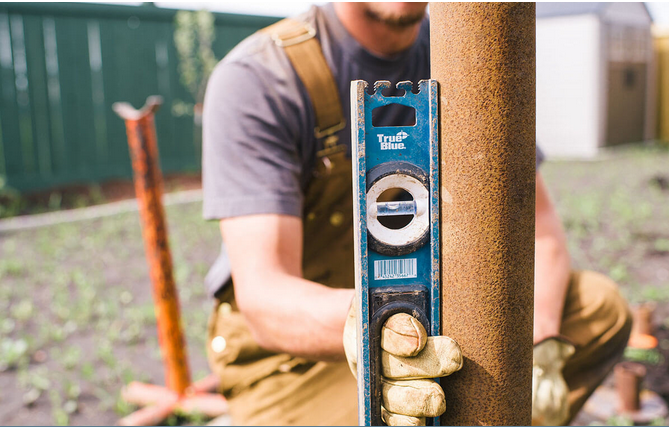
You likely have seen the word "Screw piles" used in construction and home renovation news outlets lately. If you are able, try to master a bit more about them. Essentially, a twist pile is really a system of wooden posts which are fastened to the bottom by metal screws. They are made to be found in the same way as other forms of concrete footings, such as in a crawl space. In order to learn how they're used and why, read on.
When a house will be built, the contractors will generally install screw piles for decks in the inside cavities of the house, on the edge of the inspiration footer drain, and over the edge of the helical pier. The reason why they are installed in this way is so it provides for water to drain far from the house and down the slope towards the garage. For decks that have a concrete footing, this can be carried out minus the piles by placing deep slabs of wood between the concrete and the ground. The water then drains into these spaces.
When creating a home, contractors also install screw piles for decks in the surface cavities of the home. Typically, these are installed in the bottom of the building blocks footer drain, just before the house. They are made to keep rainwater from pooling in the basement and making mold problems. They are also ideal for holding soil in while preparing the deck foundations for installation.
The biggest drawback of using concrete piles as deck foundations is the amount of soil that must definitely be moved when the elements is bad. When there is heavy rain or snow, more than half of the soil in the bottom section of the structure will soon be wet. Then, when the ground freezes, the rest is likely to be solid. Which means the newest deck will soon be sitting right on top of wet soil that must be compacted throughout the year. If the floor is compacted an excessive amount of, there may not be sufficient room for the brand new deck to expand properly. For this reason, most experts don't recommend using these types of foundations for newly built decks unless there is enough of extra space for expansion.
For more details kindly visit Screw piles.
No comments:
Post a Comment